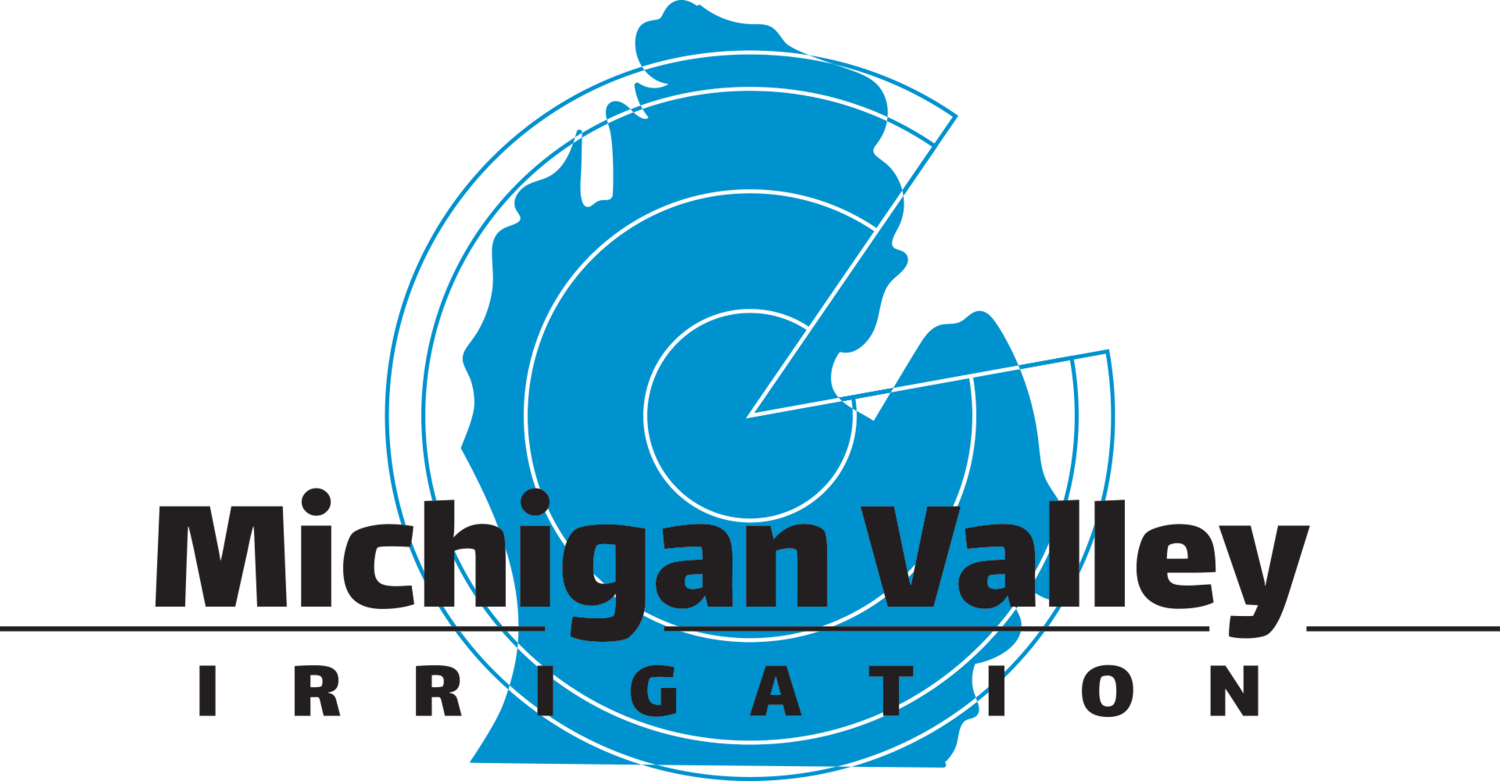Profits from Dairy Farm Leachate Water
Many dairy farms in Michigan have grown substantially over the past few decades in order to gain the economic benefits of scale. Regulations have followed, along with the acronym CAFO, concentrated animal feeding operation. One of those regulations is a required reservoir to capture runoff from outdoor surfaces that could carry nutrients from manure into ditches and streams, as well as effluent from fermenting silage piles. The result is a significant amount of “dirty” water that needs to be field applied.
Field application with tank spreaders or dragline equipment is awfully expensive relative to the amount of plant nutrient value contained in the leachate water. As an additional burden, field applying with these methods does not occur when there is a growing crop, which would benefit from the water. With no yield boost, expensive application costs and potential soil compaction, the cost of delivery utilizing these traditional methods is significant.
Have you considered center pivot irrigation? While every system has limitations, a center pivot irrigation system has several advantages.
Pumping is much more economical than hauling.
Soil compaction is minimized to the drive unit wheel tracks and less weight.
Applications can occur during the growing season, benefiting the crops and boosting yields.
The center pivots can be used to further irrigate and apply fertilizers and crop protectants whenever they are needed throughout the growing season.
Can be operated remotely and requires minimal operator labor.
Let’s look at some numbers comparing the cost of utilizing tank spreader application, drag-line application or center pivot application. While any of these numbers will vary depending on the individual situations, the spread is significant. I chose a dairy that had 5,000,000 gallons of annual leachate to apply for my example. This equates to 184-acre inches or 5.2 inches per year on a 35-acre field. The costliest tanker applied system, is the most flexible because you are not limited by location, but the farther you travel from the leachate pit, the greater the expense. It also has the greatest potential from yield loss due to soil compaction. The dragline option also has some advantages, such as reduced odor, especially if you have your own system to apply solids laden manure and inject. The pivot applied method will have a yield increase from water and a small amount of nutrient applied during the growing season.
Floating Riverscreen suction on leachate lagoon.
My estimated cost to tanker haul calculated to $0.026 / gallon. A common rate for custom dragline application is $0.01 or a penny a gallon. A full-turn center pivot covering 35 acres with a floating Riverscreen suction device, a 30 HP electric pit pump, 2500’ of buried 6” 160# PVC and the necessary wire and fittings will cost about $95,000. Using $4 per acre inch for electric expense ($4 x 184 = $736) and assuming a 25-year life on the irrigation system and ancillary components, your annual cost is $4,536 ($95,000 / 25 + $736). The cost per gallon is $0.0009. If you calculate a 20% yield increase on 20-ton corn silage (supplemental watering) = 4 ton/ acre at $35/ ton, you will get back $4,900 in feed ($4900 in additional feed - $4536 in annual pivot cost = $364). That’s a profit of $364 per year compared to an expense of $50,000 to dragline or $130,000 to tanker apply.
Maybe you don’t like my numbers, have your own dragline equipment and can surface apply your leachate for $0.007 / gallon, that is still nearly 8 times more expensive with very minimal yield boost compared to irrigating during the growing season. Tank spreader application of this water is clearly more expensive yet and causes greater soil compaction, leading to yield loss. If you were to double the dragline numbers as an estimated tankering cost, they would still be very hard to justify.
From an ROI perspective it looks like this:
Pivot Application – 35 Acre Center Pivot System @ $95,000 (no allowance for yield boost or electric expense)
Custom Dragline – 5,000,000 gallons at $0.01 / Gallon = $50,000 / year
$95,000 / $50,000 = 1.9 years
Or
Pivot Application – 35 Acre Center Pivot System @ $95,000 (no allowance for yield boost or electric cost)
Tanker Hauling Expense – 5,000,000 gallons at $0.026 / Gallon = $130,000
$95,000 / $130,000 = .73 Years
I challenge you to find a better return on investment on your farm!
Digesters are coming into use with all the talk about carbon credits. With digesters, leachate gallons will be growing. More leachate gallons will make this equation even more valuable. It is likely that it will become more challenging to move effluent farther from the base dairy, but once you grasp the benefit of pumping is more economical and watering during the growing season adds yield, it will be easier to overcome barriers and plan for smart infrastructure.
ABOUT THE AUTHOR
Pete is the marketing manager for Michigan Valley Irrigation, having joined the company in 2016. He was raised on a dairy farm in western New York and graduated from Cornell University with a B.S. in agricultural economics. His entire working career of over 37 years has been involved in agriculture. A farmer helping farmers. When away from Michigan Valley he operates, Joyful Noise Farm, a small livestock and produce farm and spends time with his family.







